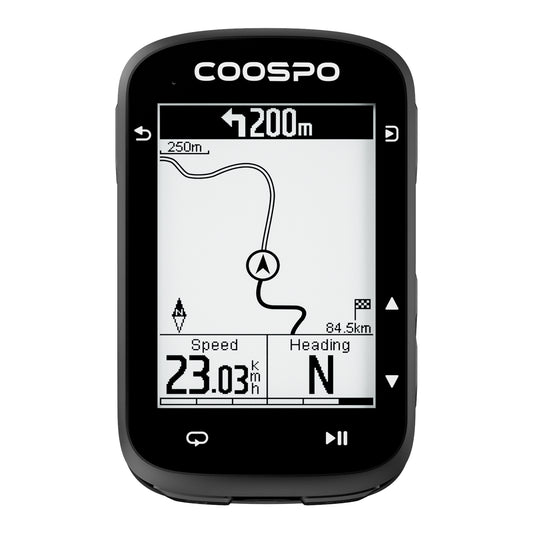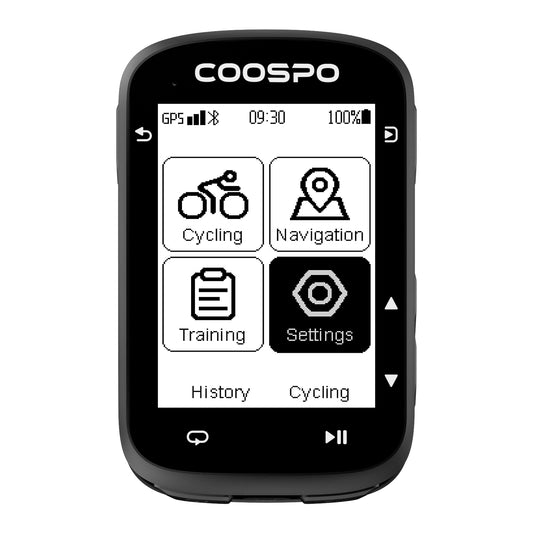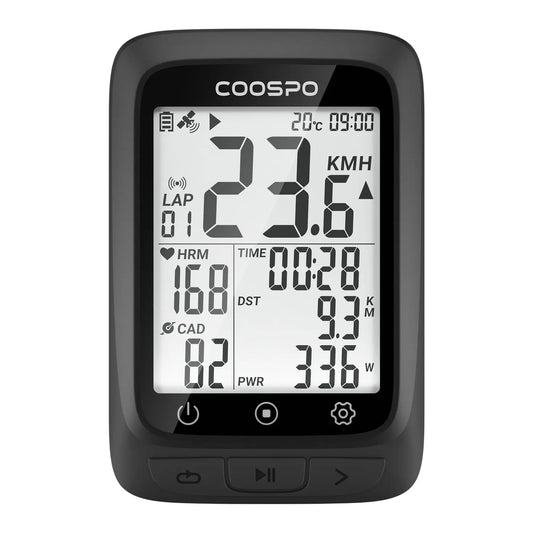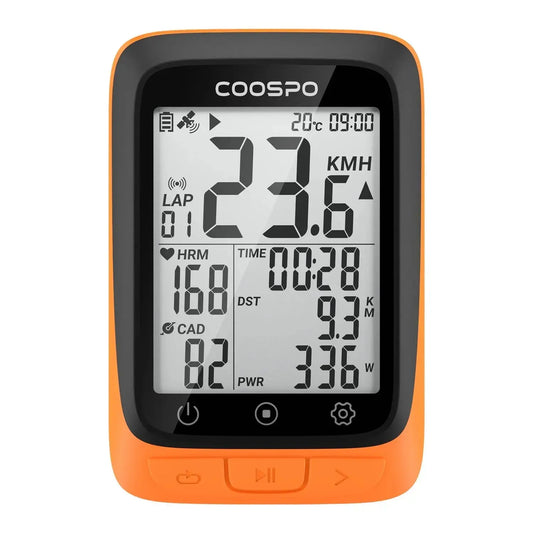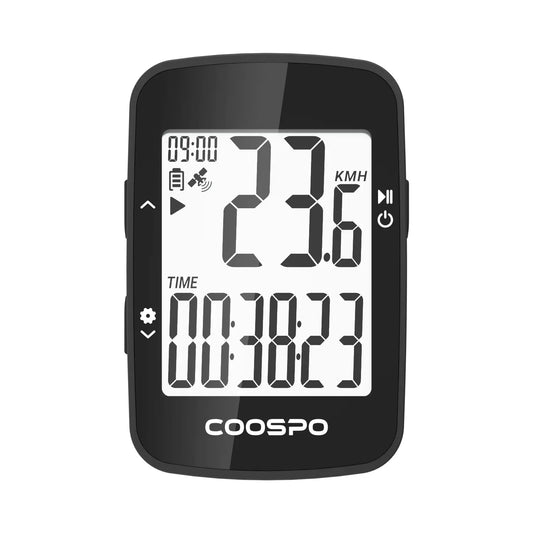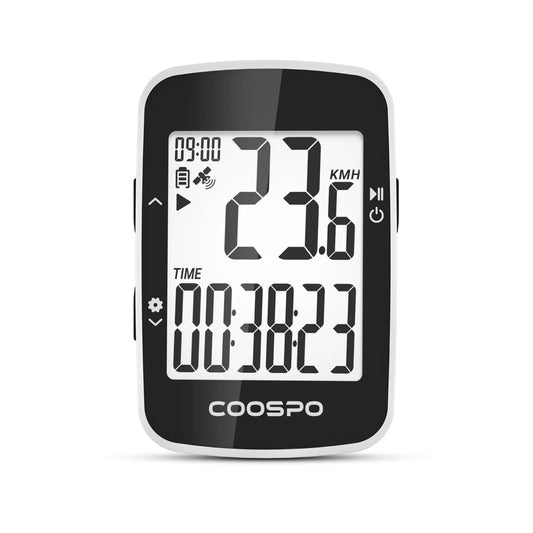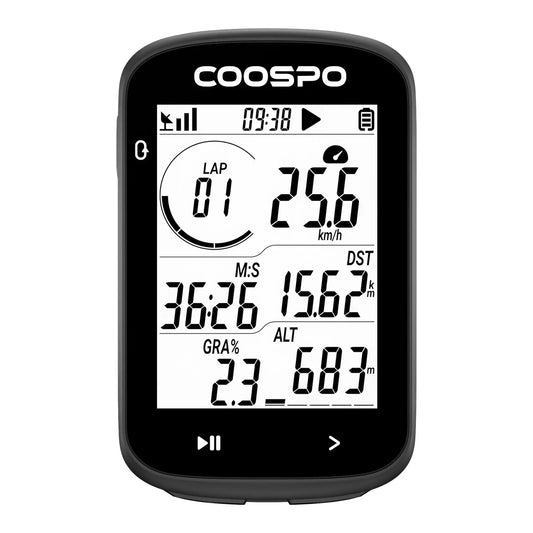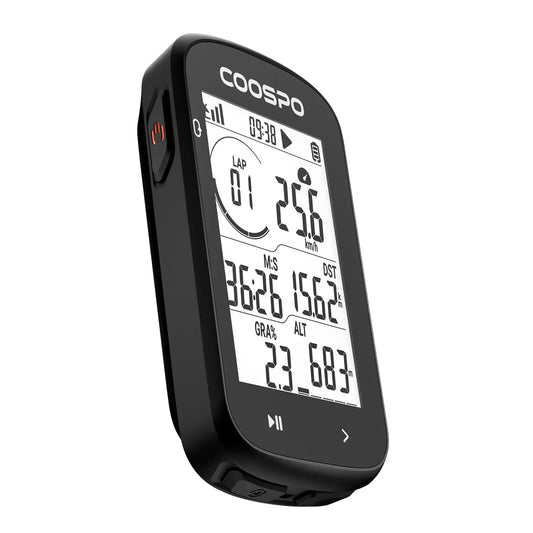Why Heart Rate Zones Are Important for Runners
For measuring your runs, you might be familiar with tracking time, distance, and pace. But heart rate zones are also essential for runners because they provide valuable insights into the intensity of their training and help optimize performance. By training in specific heart rate zones, runners can effectively target different physiological systems and achieve specific training goals.
Why is heart rate so important for runners?
Heart rate is an excellent indicator of the intensity of your cardiovascular exercise, including running.
Different heart rate ranges have different effects on your body and train different systems, which can change the focus of your workout. By understanding your heart rate zones during training, you can maximize the benefits of your exercise and recovery.
It's important to remember that resting heart rate, exercise heart rate, and the corresponding heart rate zones can vary from person to person. Factors such as age, weight, gender, fitness level, temperature, medication, and stress can all influence these differences.
MEASURING HEART RATE WHILE RUNNING
We recommend two options of heart rate monitor for monitoring your heart rate while running:
Armband heart rate monitor: These devices use LED lights to refract the flow of blood under the skin and convert it into heart rate data, providing you with measurements in beats per minute (BPM).

Chest strap heart rate monitor: Chest strap heart rate monitors are worn under clothing against the skin and measure heart rate using an electrocardiogram. The data is then transmitted to a cell phone or other devices, ensuring accurate and consistent measurements.

Finally, you can choose between an armband heart rate monitor or a chest strap heart rate monitor depending on your needs. For most people, an armband will suffice. However, disciplined athletes may prefer a chest strap for more accurate readings.
UNDERSTANDING HEART RATE ZONES
Heart rate zones are a method of measuring the training impact you receive from your run. A commonly used system consists of five zones:
Zone 1: Very light-intensity effort, suitable for brisk walking or an easy run.
Zone 2: Easy running, ideal for recovery runs, warm-ups, or cool-downs.
Zone 3: Steady aerobic running, often used for long runs.
Zone 4: Hard sustained effort, such as a threshold run.
Zone 5: Very intense effort, reserved for intervals and sprints.
Heart rate zones are typically defined as a percentage range of an individual's maximum heart rate. Each zone corresponds to a different level of effort and provides unique benefits. For example, training in lower heart rate zones, such as Zone 2, helps improve aerobic endurance and fat burning. Higher heart rate zones, like Zone 4 or 5, focus on anaerobic capacity and speed development.
You can learn more from this article:
https://www.coospo.com/blogs/knowledge/what-are-the-five-heart-rate-zones
Setting Your Heart Rate Zones
To set your heart rate zones, you need to determine your maximum heart rate. The easiest way to do this is to use the Fox formula, which calculates your maximum heart rate by subtracting your age from 220.
However, this is not the most accurate method. Formulas like this also miss the mark because factors like genetics, physiology, and certain prescription meds can lead to different HR max results for people who are the same age. Professional testing is recommended for more precise results.
Once you have arrived at your maximum heart rate, subtract your resting heart rate to find your heart rate reserve.
This heart rate reserve is the effective range in which you can train. You can then calculate the percentage of heart rate reserve for each zone and add these numbers to the resting heart rate to determine the lower and upper heart rate limits for each zone.
You can find the calculations from this article:
https://www.coospo.com/blogs/knowledge/what-are-the-five-heart-rate-zones
How to Monitor Your Heart Rate Zones
Using a heart rate monitor can help you track your heart rate while running, so you don't have to keep checking your watch or phone. Some heart rate monitors, like Coospo heart rate monitors, also show your heart rate zones in different colors, making it easier to know which zone you're in.
Monitoring your heart rate can also be a warning sign of illness or over-training. If your heart rate is much higher or lower than expected during a workout, it may mean you need to reduce the intensity of your training or take a day off.
Here are some tips to help you use heart rate zones for your running:
- Vary your training: Include workouts that target different heart rate zones in your weekly training program. This will help improve your overall fitness level.
- Listen to your body: While heart rate zones are a useful tool, it's important to pay attention to how your body feels during each workout and adjust your efforts accordingly.
- Re-evaluate heart rate zones: As your fitness level changes, your heart rate zone may also change. Regularly reassess your maximum heart rate and heart rate reserve to ensure that your heart rate zones are accurate and helpful. The Coospo heart rate monitor allows you to set a maximum heart rate and a heart rate alarm.
Conclusion
By using heart rate zones to guide training, which can keep runners at the right intensity and help prevent over-training or under-training. Keep in mind, however, that everyone's heart rate zones are different, so it's important to personalize your training and listen to your body.



